Topic: Distributed Expertise

Westwood High School: School Profile
Westwood High School in Mesa, Ariz., serves approximately 3,200 students in grades 9–12. This resource explores Westwood’s implementation of the Next Education Workforce model, highlighting their teaming structures and their approaches to innovation, coaching and schedule.
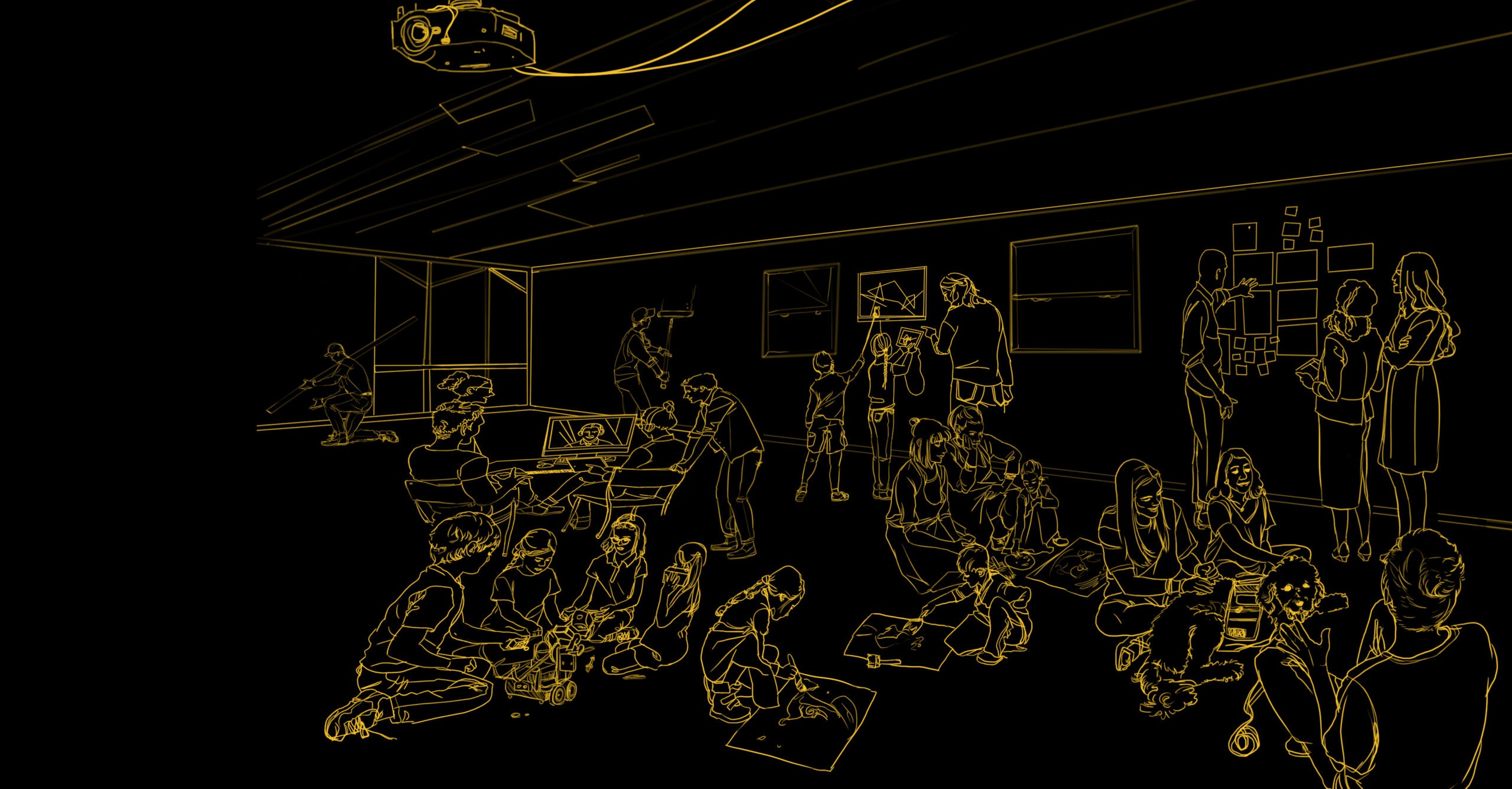
Mountain View High School: School Profile
At Mountain View High School, each core team of educators collectively supports 90–120 students. Core teams are composed of three to four educators, each of whom specializes in one or two content areas.

Mountain View High School: Spotlight on the Schedule
All 9th-grade teachers at Mountain View High School, located in Mesa, Ariz., are members of educator teams. Each core team of educators serves 90–120 students and includes three to four content area specialists. Explore how they organize their time with students.

Dynamic student groupings at Stevenson Elementary (Kindergarten)
Explore some of the ways an educator team grouped and regrouped 100 students over the course of a single day.

Dynamic student groupings at Mountain View High School
Explore how 100 ninth grade students are supported by a core educator team that includes a Spanish teacher, biology teacher and a dual-certified English and world history teacher.

Dynamic student groupings at Skyline High School
Explore some of the ways an educator team grouped and regrouped 100 students over the course of a single day.
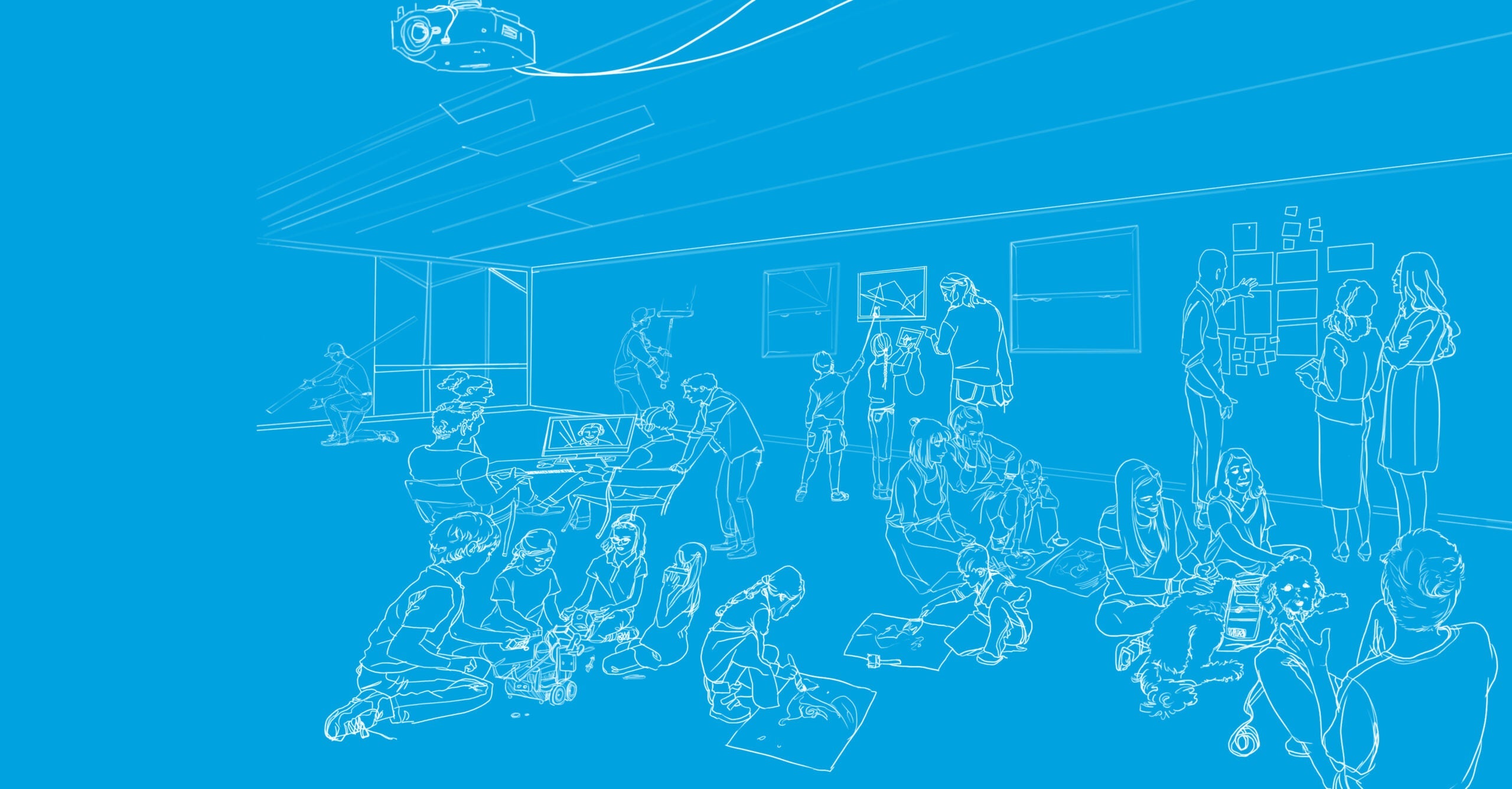
Driving Academic Progress
Learn more about how one school system leveraged bus drivers as literacy tutors between driving shifts.

An examination of teacher engagement in Next Education Workforce models
This study leverages longitudinal administrative data on teacher leave within a single district. We use a two-way fixed effect design to examine the relationship between Next Education Workforce model participation and teacher engagement.
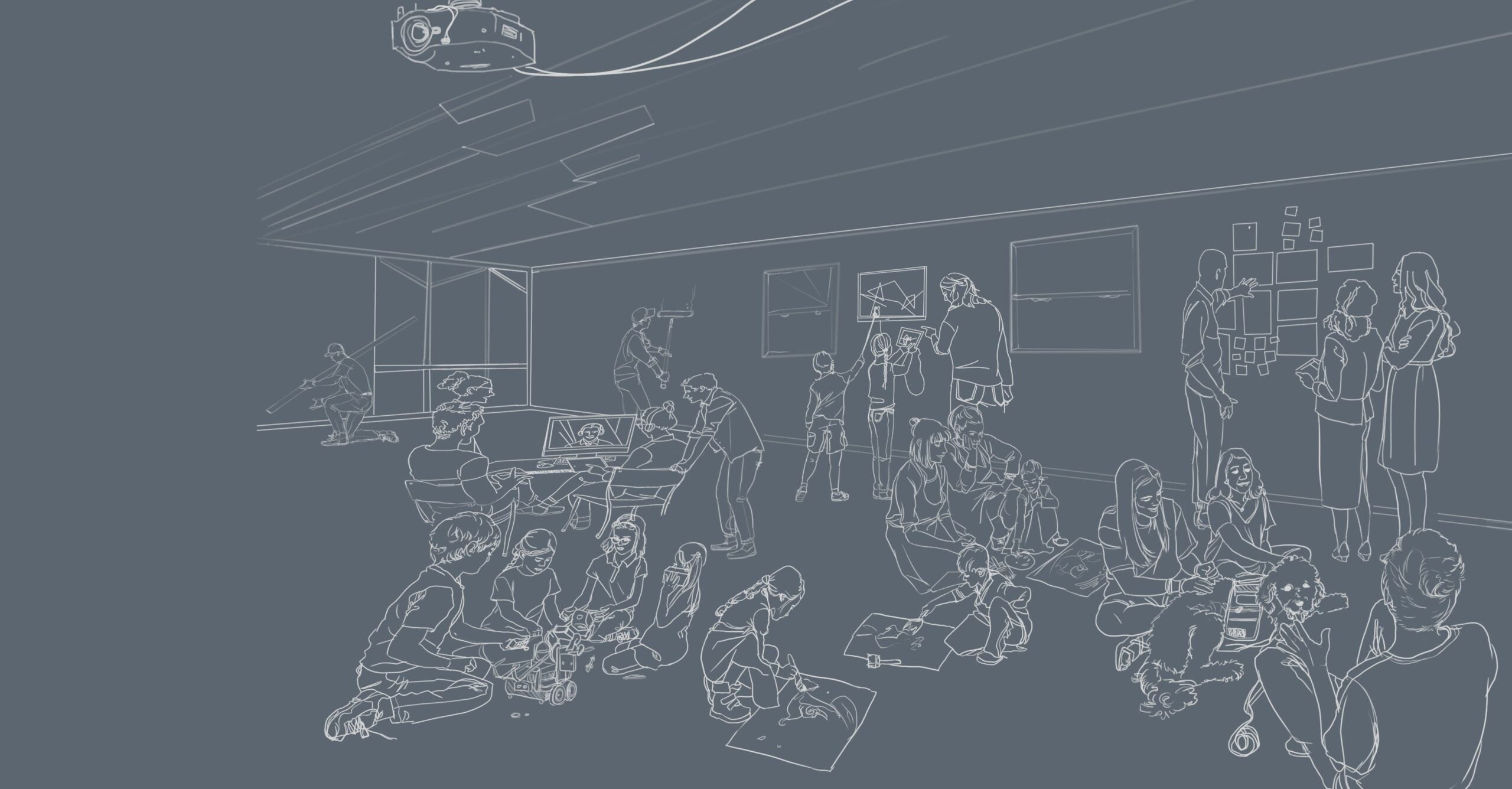
Results from a follow-up survey of Next Education Workforce teachers
This survey explores how Next Education Workforce team teachers compare to their district colleagues not on a Next Education Workforce team regarding teacher self-efficacy, job satisfaction, teacher-student interaction, and career plans.

Community Circles
When a child enrolls at Jefferson Elementary, they are assigned to a community circle composed of at least one child from each grade level. Explore this resource to learn more about the program and its impact on learning for students and for staff.

Literacy Accelerators
Two to four times per week, Skyline High School teacher academy students assume the role of community educator at their feeder school, Stevenson Elementary.

Medical Innovations
To gain an understanding of a variety of medical conditions and how they affect the people who face them, the 4–6 grade teaching team assembled ten community educators to participate in interviews with their students.

Results from the Year One Survey of Next Education Workforce Teachers
Educators in Next Education Workforce models are more satisfied, collaborate more and believe they have better teacher-student interactions than educators in traditional staffing models.

Self-organized learning environments
Learn to implement self-organized learning environments, an instructional approach in which students explore complex questions in self-organized peer groups.

Kyrene de las Manitas Innovation Academy: School spotlight
Kyrene de las Manitas Innovation Academy is committed to engaging students in a dynamic learning environment that promotes academic excellence and prepares them to be innovators and leaders of tomorrow. In this resource, you’ll learn how they’re implementing a Next Education Workforce model.

Smith Junior High: School profile
Smith Junior High is located in Mesa, Arizona, and serves about 900 students in grades 7-8. Each core educator team serves about 150 students and includes certified teachers with expertise in a specific content area, one of whom serves as the lead teacher for the team. In this resource, you’ll find out how they’re implementing a Next Education Workforce model.

Connecting with Community Educators
Community educators can be found simply by asking around your own social networks and community. However, there are also resources made specifically to locate and connect with industry experts who are ready to support your learning environment.

Mock Trial
Activating a lawyer for unit planning support is a great example of a community educator contributing to the distributed expertise of a team. Learn how.

Living Library
The Living Library brought more than 35 community educators — from stay-at-home parents to investment bankers — to connect with high school students struggling to see the importance of learning math.
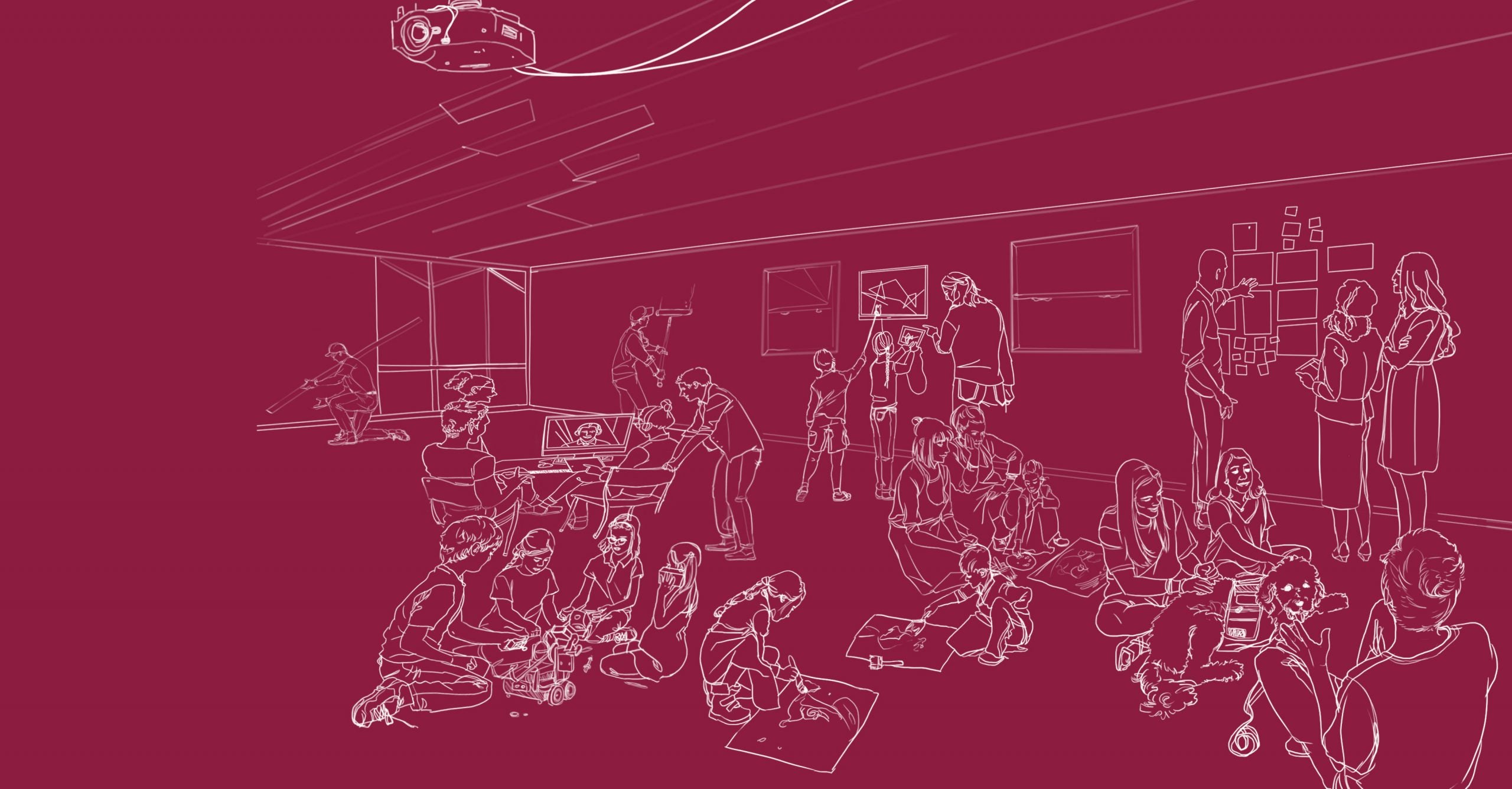
Lead teacher role description
Lead Teachers are educators who guide the educator team in sharing responsibility for all elements of student support, instructional planning, and delivery; lead the team in maintaining high expectations for student learning; and ensure the team functions at a high level to serve all learners by strength and need. This description of the Lead Teacher role is intended to be customized based on the unique needs of each school district.

Distributed expertise staffing matrix
This protocol helps educators make strategic decisions around how to best leverage the distributed expertise of team members. Additionally, it can help to identify other educators who may need to join the team and in what capacities.

Interest-based student groupings
Interest-based student groupings are groupings driven by student voice and choice. This planning protocol is an opportunity for team members to explore ways to leverage your team of educators to provide student voice and choice within a lesson or across a unit. In it, you’ll identify a lesson or unit appropriate for interest-based student groupings, draft student choices and work together to plan team deployment.

Skills-based student groupings
Skills-based student groupings are groupings based on formative student learning data. This planning protocol is an opportunity for team members to explore how you might leverage your team of educators to differentiate instruction for learners. In it, you’ll identify the objective(s) of your choice, draft a check for understanding and work together to plan team deployment for skills-based student groupings.

Stevenson’s team-based model
Hear from Stevenson Elementary School principal Krista Adams about educator teams’ dynamic approach to supporting students.

How teaming has impacted one lead teacher’s practice
Mountain View School kindergarten lead teacher Danielle Ashenbrener describes how a team-based approach has helped her to get to know her students better and to target student learning to meet individual students’ needs.
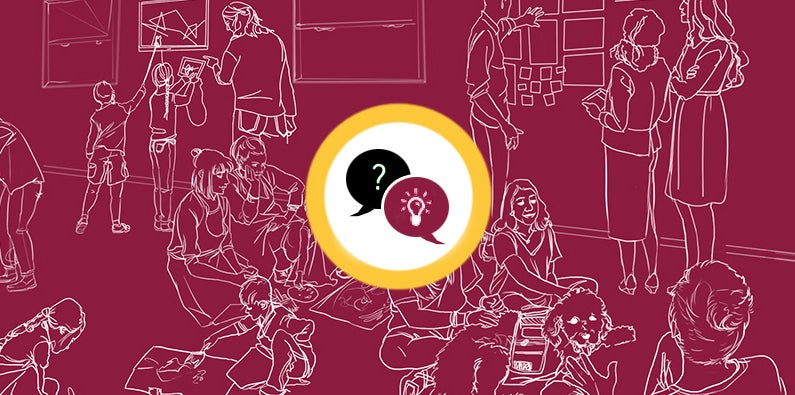
Changing the model: Building the Next Education Workforce
What’s normal in education is broken. In collaboration with school and community partners, Arizona State University’s Mary Lou Fulton College for Teaching and Learning Innovation is working to change that.

Student-selected support
In an effort to shift the ownership of learning from educator to student, SPARK School at Kyrene de las Manitas has implemented a system for students to reflect on their learning and progress, identify the academic support they need and schedule time to meet with the appropriate educator(s). This resource guides educator teams through steps to implementing student-selected support.

10 Tips for planning team-based deeper learning
The educator team at Kyrene de las Manitas Innovation Academy co-plans project-based units that support deeper learning. The 10 tips appearing in this document are drawn from their approach to planning. To get started, consider how your team might implement these tips.

Team-based PBL unit planning template
Next Education Workforce team-based structures can strengthen the project-based learning instructional approach. This unit planning template takes educators through the steps of designing a PBL unit, while also planning for how to maximize distributed expertise.

The Creighton Academy: School profile
The Creighton Academy in Phoenix, Arizona serves about 300 students in grades K–6. Every student is a member of a covey: a multi-age group of 55–60 students. Students work with educators specific to their coveys and educators who work across coveys. Here, you’ll learn how they’re implementing a team-based model.
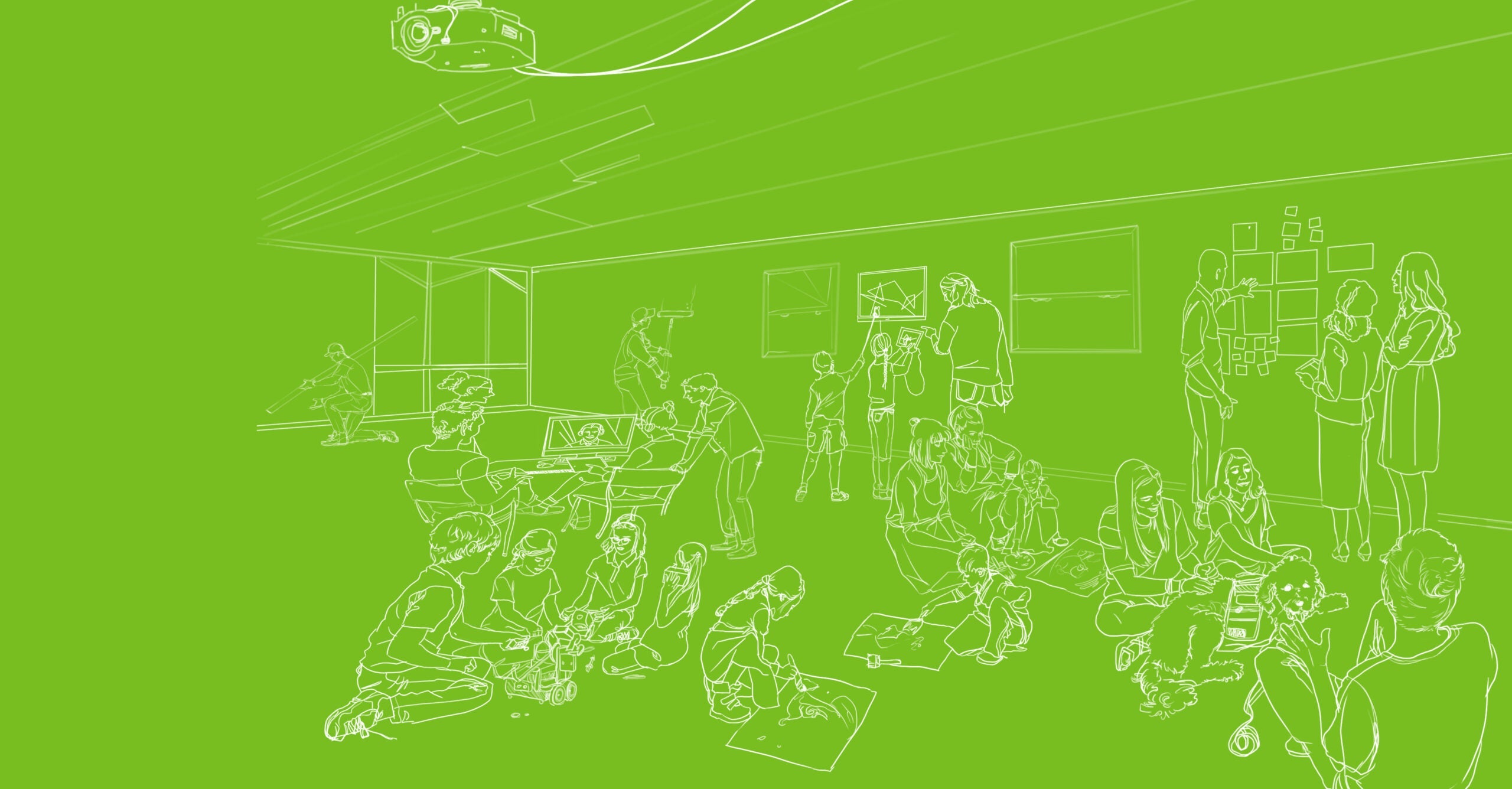
The relationship between deeper and personalized learning and teams of educators with distributed expertise
Hear from MLFC Dean Carole Basile about the relationship between deeper and personalized learning and teams of educators with distributed expertise.

Elementary instructional blueprint: Team-based differentiated practice
Elementary instructional blueprints suggest ways teams of educators with distributed expertise might deploy themselves to better deepen and personalize student learning.

Next Education Workforce Teams in All-Remote Environments
In this resource, you’ll find several recommendations for how all-remote teams might deploy their educators to best meet the needs of students.

SPARK School educators work as a team
This clip features four educators from SPARK School. In it, they describe the impact of teaming with distributed expertise on both educators and students.

SPARK School: School profile
At SPARK School at Kyrene de las Manitas, 120 students in multi-aged grade bands (third through fifth grades) work with a core team of six educators: one teacher executive designer, two certified teachers and three teacher candidates. The prototype school-within-a-school was developed during a design process collaboratively led by the Kyrene School District and ASU’s MLFC Design Initiatives. In this resource, you’ll find out how they’re implementing a Next Education Workforce model.

Whittier Elementary: School profile
In Fall 2020, Whittier Elementary in Mesa, Arizona will create two team-based learning communities with 170 students in grades four through six. Each “house” will include 85 students and will be guided by an educator team comprising three certified teachers and two MLFC teacher candidates. In this resource, you’ll find out how they’re implementing a Next Education Workforce model.
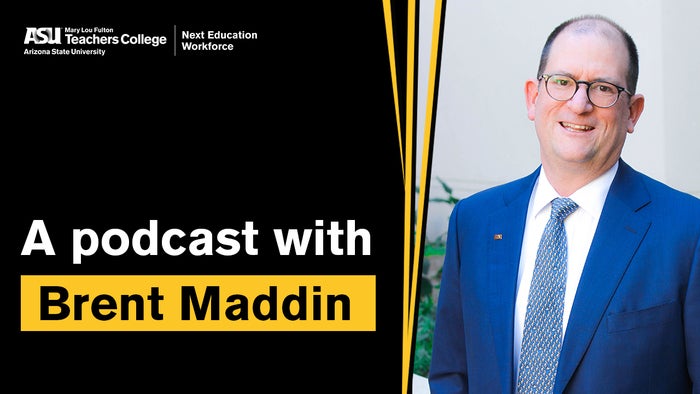
Brent Maddin: What is the Next Education Workforce?
Host Brent Maddin shares how MLFC is working with schools and other partners to 1) provide all students with deeper and personalized learning by building teams of educators with distributed expertise and 2) empower educators by developing new opportunities for role-based specialization and advancement.
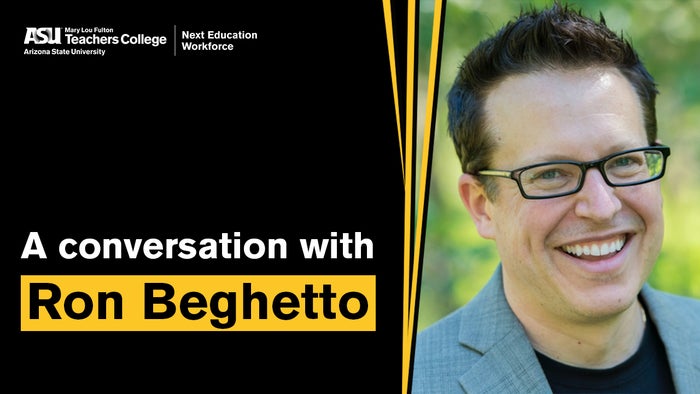
Ron Beghetto: Against technological macaroni art
Brent Maddin talks with Ron Beghetto, Professor and Pinnacle West Presidential Chair at ASU’s Mary Lou Fulton College for Teaching and Learning Innovation, about creativity, beautiful risks, and how we can improve education for all learners.

Stevenson Elementary: School profile
Stevenson Elementary School is a Title I school located in Mesa, Arizona that takes a dynamic approach to serving about 700 students in preschool through 6th grade. The school’s Next Education Workforce model wraps teams of educators around students in grades K-6 with the goal of providing deeper and personalized learning. In this resource, you’ll find out how they’re implementing a Next Education Workforce model.

Teams and Distributed Expertise
Principal of Stevenson Elementary School Krista Adams shares how taking a teaming approach counters loneliness, empowers educators, and results in a better experience for both educators and students.

The benefits of teaming for students & educators
Mountain View School kindergarten lead teacher Danielle Ashenbrener describes why Next Education Workforce models are great for both students and educators.

Advice for educators interested in adopting a team-based approach
Clinical Assistant Professor and Senior Program Strategist Kelly Owen shares two pieces of advice for educators interested in adopting a team-based approach.

The value of distributed expertise
Professional Pathways Site Lead Valerie Roderick describes how educators can learn and grow from being members of teams that distribute their expertise. She also makes the connection between teaming and the issue of educator burnout: we can’t expect educators to be all things to all people at all times, and distributing expertise helps to make educators’ jobs manageable.

Benefits of Teaming: Support, Complementary Strengths, and Multiple Mentors
In this clip, MLFC Resident Jordan Dick describes what she sees as the benefits of working on a team of educators with distributed expertise.

The impact of the teaming model on teams with teacher candidates
Here, Kelly Owen, Clinical Assistant Professor and Senior Program Strategist, describes the impact of Next Education Workforce models on Lead Teachers, Teacher Candidates and students.

